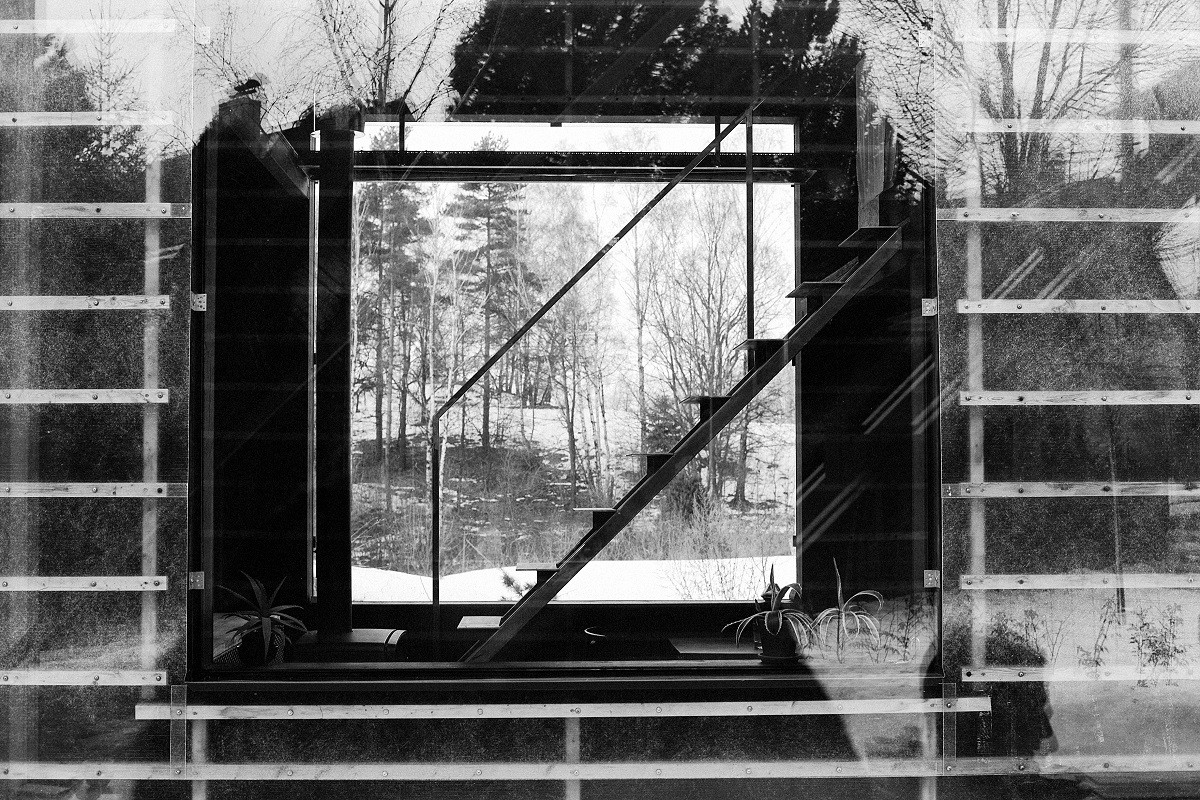Petr Stolín
The Liberec architect Petr Stolín (1958) is part of a small group of contemporary Czech architects whose work can be favorably compared to international leaders in the field. Stolín’s designs are not subjugated to the fast pace and photogenicity of media events, for their aim is to create an authentic experience from the lived-in space. The main reason for his success, therefore, is his long-term search for the basic qualities of the building arts, which has led him to develop a poetics of restraint.
Even though the buildings that Stolín has designed in collaboration with Alena Mičeková have earned awards and recognition from domestic as well as foreign experts, the exhibition at the Gallery of Contemporary Art and Architecture does not present his work through models or visual representations of architecture. The reason is simple: The exhibition seeks to offer a report on what is the most important thing in architecture.
What exactly is architecture? This simple question can be answered using several dictionary definitions, but it is not clear whether, having read them, the questioner will truly have acquired the longed-form understanding. We can speak of the interplay of volumes, tectonics, cladding, construction, space, and other approaches by which we can attempt to gain an understanding of architecture. Petr Stolín answers this question through architectural practice and life. His thinking about architecture is reflected in how he lives. Precisely for these reasons, the exhibition does not accentuate forms or materials as the objectives of architectural thinking but shows them as a part of everyday life in Stolín’s Zen Houses (2015), which he designed for himself.
For Petr Stolín, the most important thing in architecture is how it creates possibilities for life within it.
In other words, the exhibition focuses on what the everydayness of the poetics of restraint looks like. With Zen Houses, Stolín chose to create an experimental form of lived-in space. But he did so not out of a vain desire for attention. After all, if a house and studio are an expression of anything, then of concentrated searching and not of calculated showiness. Experiments are the result of long professional experience, just as they are an expression of a critical view of how life is enveloped and overwhelmed by things and information. We can gain clarity by asking a simple question directly inspired by the experimental reflections of early twentieth-century modernism: What kind of space is sufficient for man to lead an authentic, dignified, and happy life?
Zen Houses – which can be seen as one double house or as two single building volumes – is a clear and distinctive answer, one that has brought Petr Stolín broad recognition. Especially worth mentioning is the Grand Prix from an international jury at the first Czech Architecture Awards (2016). Stolín further developed the principles that he explored with this building in his design for a preschool in the town of Nová Ruda (2018).
